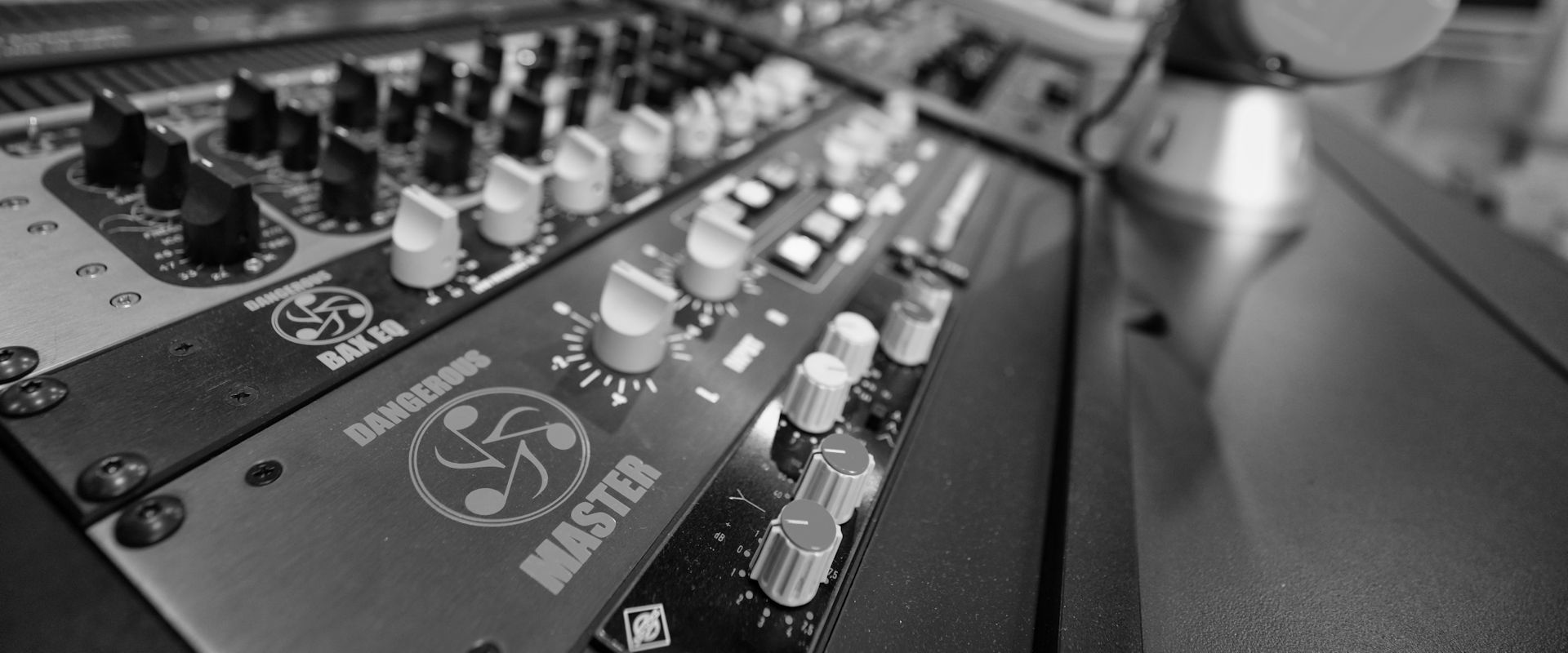A Comprehensive Guide to Different Mastering Techniques
Mastering is an essential step in the music production process. This involves the final polishing of an audio mix, making sure it sounds incredible on any sound system. Mastering involves using various techniques and tools to ensure the mix is balanced and consistent. This guide will provide a comprehensive overview of mastering techniques and how to use them to get the best possible results.
Analyzing The Overall Sound of The Mix
The mastering process involves examining the mix and ensuring that it is balanced and that all components are audible. A mastering engineer will then apply their expertise to make any necessary changes to optimize the mix, such as adjusting the volume, adding compression, and using EQ to bring out the correct elements. This helps create a cohesive, polished sound ready for release.
Using Techniques to Enhance The Mix
One of the most important techniques in mastering is EQ (Equalization). EQ is used to adjust the frequency balance of a track by boosting or cutting certain frequencies. This helps make a track sound more clear and balanced. EQ can also be used to create special effects, such as making a track sound warmer or brighter.
Compression is another important mastering technique. Compression is used to reduce the dynamic range of a track, making it sound louder and more consistent. This can help make the track sound better in a mix and make it easier to listen to.
Limiting is a type of compression that is used to prevent a track from clipping or distorting. This can be especially useful for ensuring that your track sounds its best when played on different sound systems.
Another technique used in mastering is stereo imaging. This is used to adjust the stereo width of a track, making it sound broader or narrower. This can create a more immersive listening experience and make the track sound more professional.
Applying Mastering Software to Add Effects
Mastering software can be a great way to add the finishing touches to your track. With the right tools, you can make your track sound more professional or polished and give it more depth or texture. Reverb and delay are two effects that are commonly used in mastering. Reverb adds space and depth to the track, while delay can add a sense of motion and energy.
Another benefit of mastering software is that it can be used to increase the overall level of your track, as well as make sure the levels are balanced. This is important when releasing your track commercially, as it will ensure the track is loud enough to be heard clearly from any speaker source.
No matter your level of experience, mastering is an important technique in your toolbox. Through focused learning and hard work, you can elevate your mixes and make them sound crisp and ready for public consumption.
Conclusion
Mastering is a key part of music production, involving various techniques to make music sound at best. From EQ and compression to multiband compression and saturation, the right mastering approach will depend on the genre, sound, and production style. With experience and experimentation, producers and audio engineers can create a polished and professional final master.
Are you looking for an upgrade in your audio mastering online? You've come to the right place. Aria is the world's leading online professional mastering service and is trusted by the industry's most recognized engineers across the globe. Register now!

